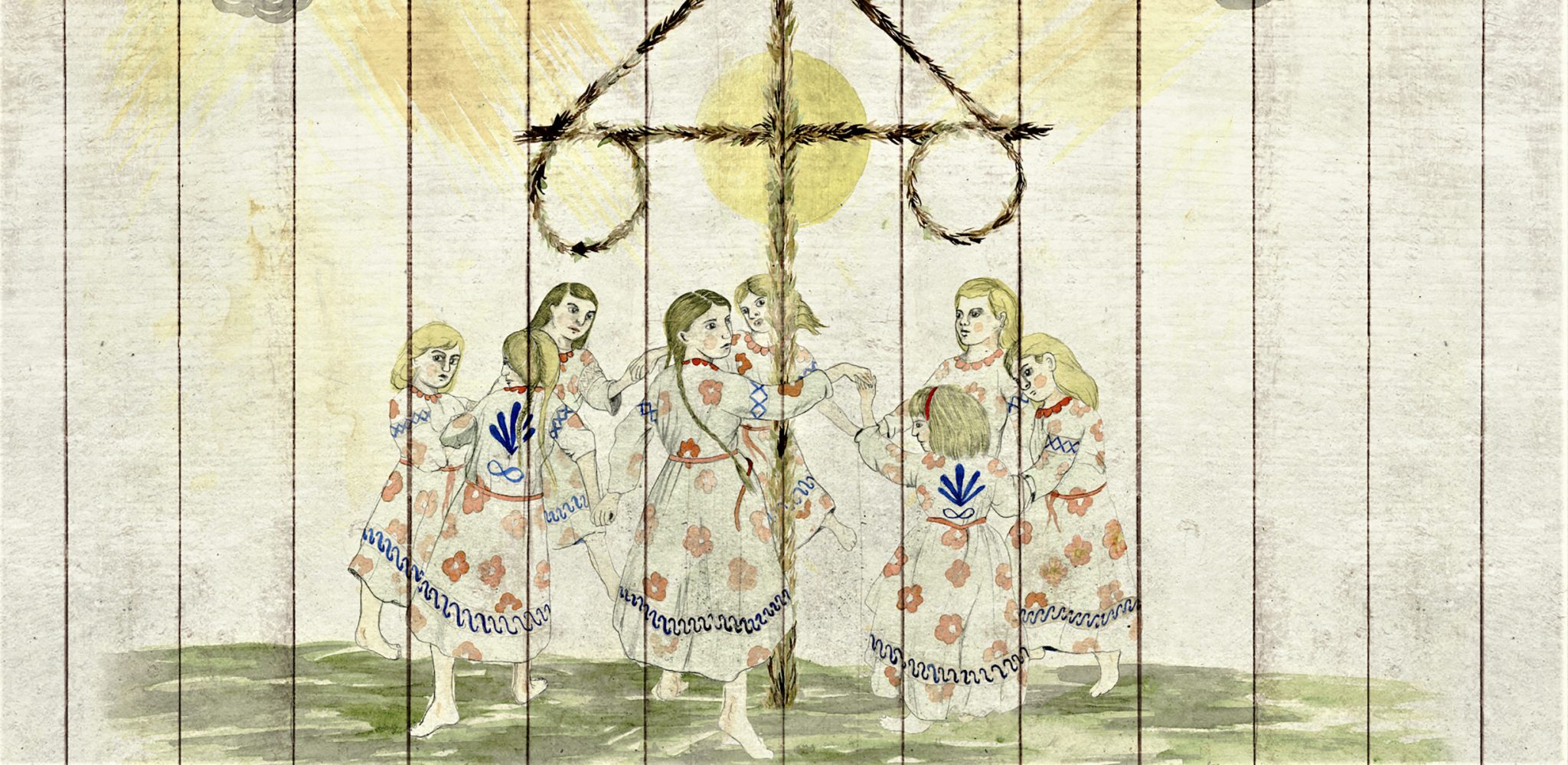You’ll have to trust your critical faculties when nothing in the framing is telling you whether what you’re seeing is legit
I’m far from the only person who does this, even at this magazine, but mea culpa – when I say ‘the artworld’, that’s code. It means something narrowly specific: the infrastructure around ostensibly serious, forward-thinking, frequently expensive art, as shown in ‘serious’ commercial and non-commercial galleries in major cities, biennales and art fairs. The phrase, which might easily be replaced by ‘the industry’ – except that won’t happen until we start calling galleries shops – is a convenient shorthand for the kind of art that, circularly, gets covered in magazines like this one. But, of course, what’s described above is not the whole ‘artworld’; and nor is the latter anything like singular, more a grouping of big fuzzy spheres that occasionally overlap, usually don’t, and often go strenuously ignored or are chanced upon only by happenstance, by breaking habits.
A few months ago, for example, having taken up looking for new things in my district, I veered into a dog-walker-friendly strip of woodland next to a local park, through a gap in a chain-link fence, and onto a hitherto-unknown (by me) echt-Berlin patch of funky wasteland dotted with makeshift bars and food stands. A poster advertised a weekly video-art screening that had evidently been going on awhile. I’d never heard of any of the artists, but that’s a seemingly authentic sector of a crusty, non-glitzy ‘artworld’ – far from the first one I’ve encountered here, the others usually and naturally in outlying neighbourhoods – and it’s giving someone enjoyment, pause for thought, etc. I wouldn’t have found it in a gallery listings website, which don’t list fledgling, under-the-radar spaces – including those where the significant art of tomorrow might be developing – not to mention work that happens online. So you’ve got to find them another way; if, that is, your limited time isn’t already pledged to visiting those blue-chip venues where, not infrequently, the least newness and the most consolidation is going on, but it sure is pleasant to feel unchallenged.
At the other end of the spectrum, while I might be in west Berlin trying to tick Galerie Buchholz off my list, I’ll pass galleries that purvey tasteful, still relatively expensive, often neo-modernist art: angsty bronze sculptures and washy abstracts made recently, also-rans of decades past; one step up from the watercolour landscape dealership. Someone is making aesthetic decisions about that art too, thinking about it (to some degree), buying it, or these outlets – which seem to greatly outnumber the type I do frequent – wouldn’t exist. Sometimes these worlds do merge, due not least to contemporary art’s ravening need for new inventory, plus changing tastes. Witness what happened a couple of decades ago with ‘outsider’ art. Or, to take a more recent example seemingly inspired by the blurring of hierarchies pioneered by Frieze Masters, note that the now-paunchy London galleries of the 1990s have started showing the sort of Cork Street painters they initially defined themselves against. (Everyone loves Prunella Clough now.)
But mostly ‘the artworld’ is a piece of divisive, defining, this-not-that nomenclature, a portcullis that’s generally up unless there’s money in it and/or the exclusion is no longer tenable. What we call contemporary art at any given time certainly doesn’t contain all new art of worth. I know artists working outside ‘the artworld’ who are as intellectually ambitious, serious and committed as those you’d encounter inside, but either they can’t break in or choose not to try, reserving their energies for artmaking rather than networking. Circumscribing the field, meanwhile, is not only useful for gatekeeping but also because it’s a time-saver for all of ‘us’. Contemporary art as we understand it is already a bloated field in which it’s impossible to fully know what’s going on – trying to do that and regularly checking what’s outside it to see if you’ve missed something would require, it seems, living several simultaneous lifetimes.
There are, nevertheless, upsides to sometimes engaging with art that’s outside your bubble, entertaining the idea that ‘the artworld’ is not always the final arbiter and certainly isn’t always ‘right’. First, you’re required to fall back on your critical faculties when nothing in the framing is telling you whether what you’re seeing is legit. Second – here comes the snob again – entertainment value. Some of this stuff is deservedly beyond the pale because it is, or at least appears to be, comically shit: derivative, histrionic, in thrall to notions of bougie tastefulness, all the above. Third, and relatedly, honing your eye. Many people have pointed out that it’s useful and salutary to look at bad cultural production to recognise, or be reminded of, what’s good about what’s good – try a student jazz band that can’t swing, say, or my guy in Prenzlauer Berg who’s long run a space called something like ‘Art of the Twenty-Fifth Century’ and happily places his fourth-rate Futurism in the ground-floor windows. If ‘the artworld’ gets you down, as it is wont to for many of us, veer off the beaten tracks if you can find a way, and the time. You may find you’re cheerier when you come back; and you just might discover something great.
